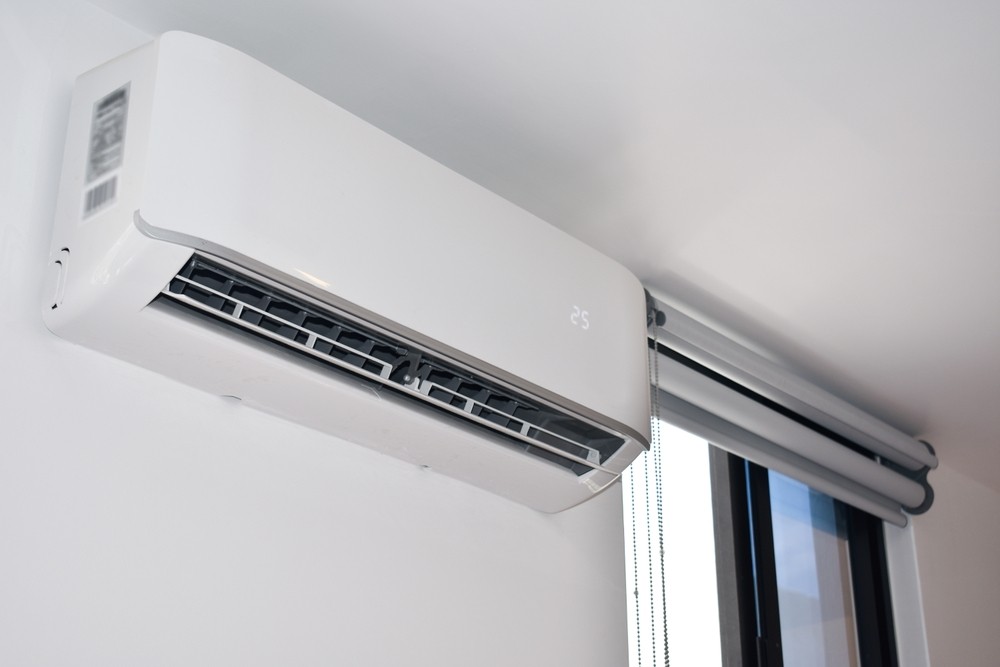Split air conditioners have become increasingly popular options for those seeking efficient and flexible climate control within their homes or offices. As the term suggests, a split air conditioner separates the system into two main units: an indoor unit that disperses cool air, and an outdoor unit responsible for expelling the warm air collected from inside. This design not only enhances efficiency but also minimizes noise levels, a stark contrast to the traditional window-mounted or central HVAC systems. For many, the choice to invest in a split air conditioner boils down to evaluating their advantages in cost-saving, energy efficiency, and ease of installation.
Energy Efficiency
One of the primary reasons many consumers are drawn to split air conditioners is their stellar energy efficiency. The design allows for precise climate control in specific areas, unlike central air systems that must cool an entire home or space even when only one room is in use. This precise targeting reduces energy waste and, as a consequence, can lead to significant monthly savings on electric bills.
Modern split air conditioners come equipped with advanced features such as inverter technology. Inverter-driven units can vary their operating speed to maintain the desired room temperature efficiently, reducing energy consumption significantly compared to traditional units that operate at a fixed speed. With an inverter, the compressor speed adjusts to keep the environment comfortable without consuming excess power, which makes these units highly efficient over time.
Cost Considerations
When analyzing the upfront costs of split air conditioners, they might seem higher than certain alternatives like window units. However, the long-term savings can make the initial investment worthwhile. The ability to cool only specific rooms or zones translates into reduced energy consumption, and over time, this efficiency can lead to lower electricity bills. In regions with hot climates, where air conditioners are used extensively, this cost-saving potential becomes even more pronounced.
Many local rebate programs offer incentives for installing energy-efficient systems, including split air conditioners. These incentives can mitigate the initial investment costs, making it easier for homeowners to opt for these efficient systems without bearing a hefty financial burden.
Installation and Maintenance
Split air conditioners generally require professional installation due to the need to connect the indoor and outdoor units through wiring and refrigerant lines. This setup involves drilling holes through walls to accommodate the necessary components. While this might seem like a hassle, the benefit is a highly customizable and discreet solution that’s tailored to one’s specific spatial and cooling needs.
The maintenance of split air conditioners is relatively straightforward. Regularly cleaning or replacing the filters, maintaining the outdoor unit free from debris, and checking for any signs of wear and tear are standard practices. The lack of regular ductwork in a split system reduces the need for duct cleaning, a common maintenance requirement for central HVAC systems.
Flexibility and Control
Another compelling advantage of split air conditioners is their flexibility. Because the system does not rely on ductwork, it is feasible to install in a variety of settings where traditional central systems may not be suitable. For example, in older homes where duct installation is impractical or excessively costly, split systems offer a viable and often preferable solution.
Split air conditioners allow for individualized climate control with the use of multiple indoor units connected to a single outdoor unit. This feature permits different room temperatures based on occupant preferences, adding a layer of comfort and convenience. Many modern split systems come equipped with smart controls that enable users to adjust settings remotely, providing the luxury of optimizing energy usage even when away from home.
Noise Levels
The operational quietness of split air conditioners is another factor that adds to their appeal. Traditional window units or centralized systems can be quite noisy, with the sound of fans and blowers disrupting the tranquility of the environment. In contrast, the compressor and loudest components of a split air conditioning system are located outside, significantly reducing the noise experienced indoors. This feature makes split systems particularly attractive for bedrooms, home offices, and other areas where peace and quiet are valued.
Environmental Impact
Environmental consciousness is increasingly important for many consumers, and split air conditioners offer several eco-friendly benefits. Their efficiency reduces energy consumption, which is not only cost-effective but also reduces the carbon footprint associated with cooling a home. Modern split air conditioners often use environmentally friendly refrigerants designed to have lower impacts on the ozone layer and global warming.
By reducing energy wastage and relying on smarter technologies, split systems contribute to a more sustainable method of cooling, aligning with the values of environmentally conscious homeowners who strive to minimize their impact on the planet.
Design and Aesthetic
From an aesthetic standpoint, split air conditioners are designed to blend seamlessly into modern home and office aesthetics. The indoor unit is typically sleek and compact, mounted on walls, ceilings, or even concealed in cabinetry, offering a degree of discretion that bulkier units cannot match. This unobtrusive presence means the system doesn’t interfere with the interior design, providing functionality without compromising on style.
Potential Downsides
While the advantages of split air conditioners are compelling, potential buyers should also consider some of the downsides. The initial cost, as mentioned, can be higher than other types of air conditioners, particularly if multiple indoor units are needed to cover various zones within a building. However, this cost is often offset by energy savings and possible rebates.
Another consideration is the necessity of professional installation. Unlike simple window units that homeowners can install themselves, split systems typically require professional help due to their complex setup, which can increase costs.
While split systems provide excellent cooling, they do not offer the same heating capabilities as some central HVAC systems or heat pumps, unless specifically designed to do so. This means homes in colder climates may need supplementary heating systems, which could negate some of the cost efficiencies gained in cooler months.
Determining whether a split air conditioner is a worthwhile investment depends on individual circumstances, preferences, and priorities. For those seeking energy-efficient, customizable, and quiet cooling solutions, the benefits of split systems tend to outweigh the drawbacks, making them a sound investment for long-term savings and comfort. As always, potential buyers should consider consulting with HVAC professionals to assess their specific needs and to ascertain which type and model of split system would best meet their requirements. From energy efficiency to operational quietness and environmental friendliness, split air conditioners offer a balance of modern convenience and reliable performance that makes them a valuable asset in many homes.



